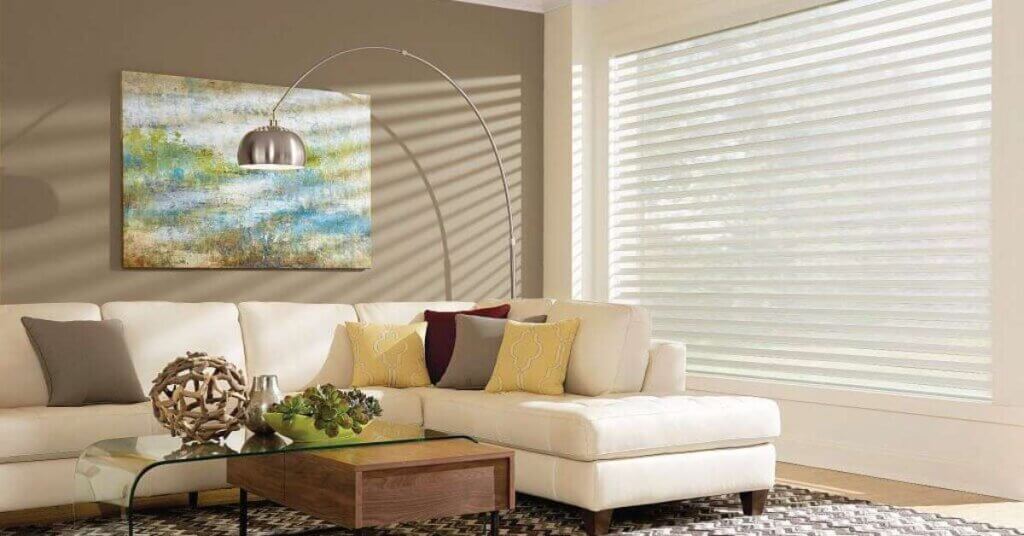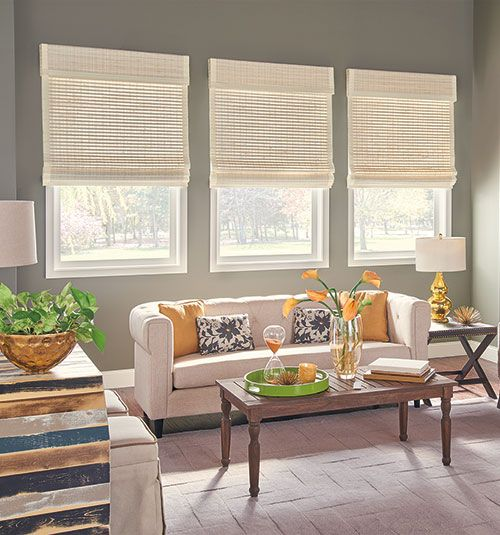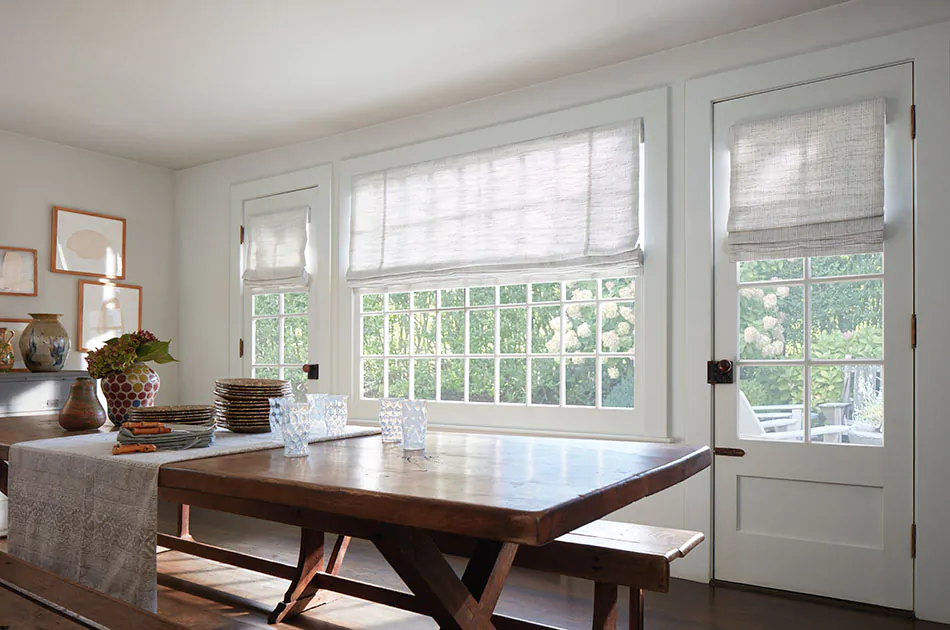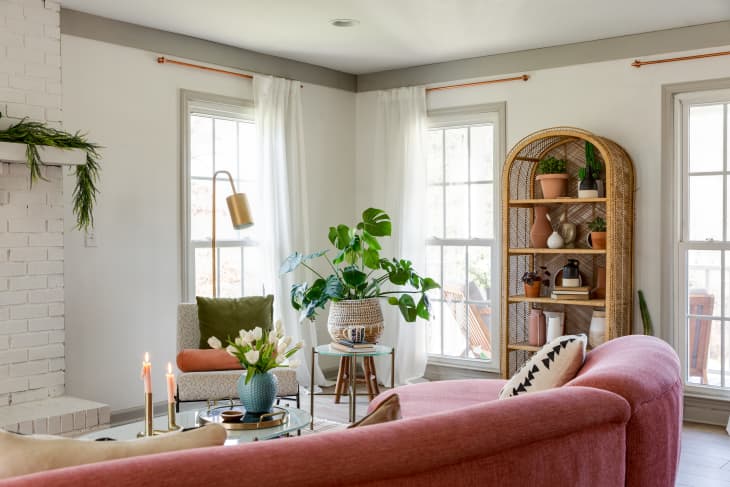
When it comes to transforming the ambiance and functionality of your living space, few elements are as impactful as the right window coverings. Among the myriad of options available, blind window coverings stand out for their versatility, practicality, and aesthetic appeal. Whether you’re aiming for enhanced privacy, precise light control, or simply a stylish touch, blinds offer solutions tailored to every need.
Understanding the Different Types of Blinds
The world of blinds is vast and varied, encompassing a wide range of materials, styles, and operating mechanisms. Let’s delve into some of the most popular types:
Venetian Blinds
Venetian blinds are a classic choice, known for their horizontal slats that can be tilted to control the amount of light entering a room. Available in materials like aluminum, wood, and faux wood, they offer a timeless look that complements any décor.
Vertical Blinds
Ideal for large windows and sliding glass doors, vertical blinds feature long, vertical slats that can be drawn to the side or tilted for light control. They are particularly popular in modern and contemporary interiors.
Roller Blinds
Roller blinds are simple, yet effective, consisting of a single piece of fabric that rolls up and down. They offer a clean, minimalist look and are available in a wide range of fabrics, from sheer to blackout.
Roman Blinds
Roman blinds combine the softness of fabric with the practicality of blinds. When raised, they fold into elegant pleats, adding a touch of sophistication to any room.
Mini Blinds
Mini blinds are similar to Venetian blinds but with narrower slats, offering a more delicate and refined look. They are often used in smaller windows or spaces where a subtle touch is desired.
Smart Blinds
In the age of smart homes, smart blinds offer the ultimate convenience. These motorized blinds can be controlled via remote, smartphone app, or voice command, allowing for automated light and privacy management.
Choosing the Right Material
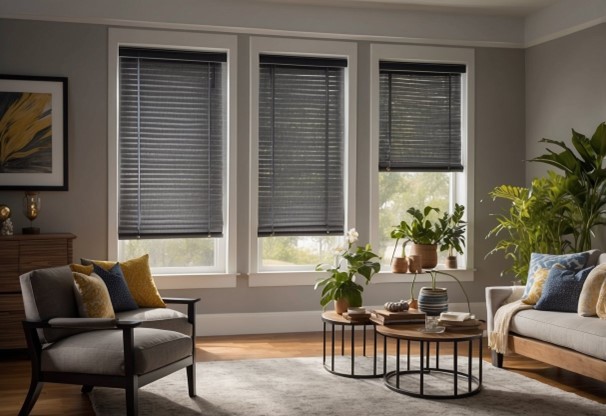
The material of your blinds plays a crucial role in their durability, functionality, and aesthetic appeal. Consider the following options:
- Aluminum: Lightweight, durable, and affordable, ideal for kitchens and bathrooms.
- Wood: Offers a warm, natural look, perfect for living rooms and bedrooms.
- Faux Wood: A cost-effective alternative to wood, resistant to moisture and warping.
- Fabric: Available in a wide range of textures and colors, adding softness and elegance to any space.
Benefits of Blind Window Coverings
Investing in quality blind window coverings offers numerous benefits:
- Light Control: Precisely adjust the amount of light entering your room.
- Privacy: Shield your home from prying eyes.
- Energy Efficiency: Reduce heat gain in summer and heat loss in winter.
- Aesthetic Appeal: Enhance the visual appeal of your interior décor.
- Durability: Long-lasting and easy to maintain.
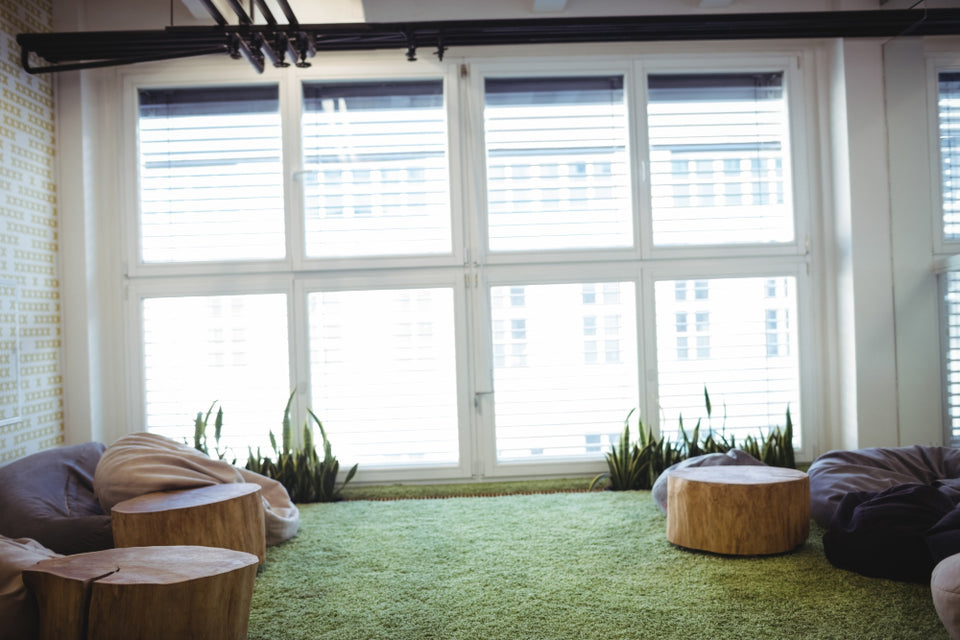
Installation and Maintenance Tips
Proper installation and regular maintenance are essential for maximizing the lifespan and performance of your blinds. Here are some key tips:
- Accurate Measurements: Ensure precise measurements for a perfect fit.
- Professional Installation: Consider hiring a professional for complex installations.
- Regular Cleaning: Dust or vacuum blinds regularly to prevent buildup.
- Gentle Handling: Avoid excessive force when operating blinds to prevent damage.
Conclusion
Blind window coverings offer a versatile and practical solution for enhancing the comfort, privacy, and style of your home. With a wide range of types, materials, and styles available, you can find the perfect blinds to suit your needs and preferences. By understanding the different options and following proper installation and maintenance practices, you can enjoy the many benefits of these essential home furnishings.

